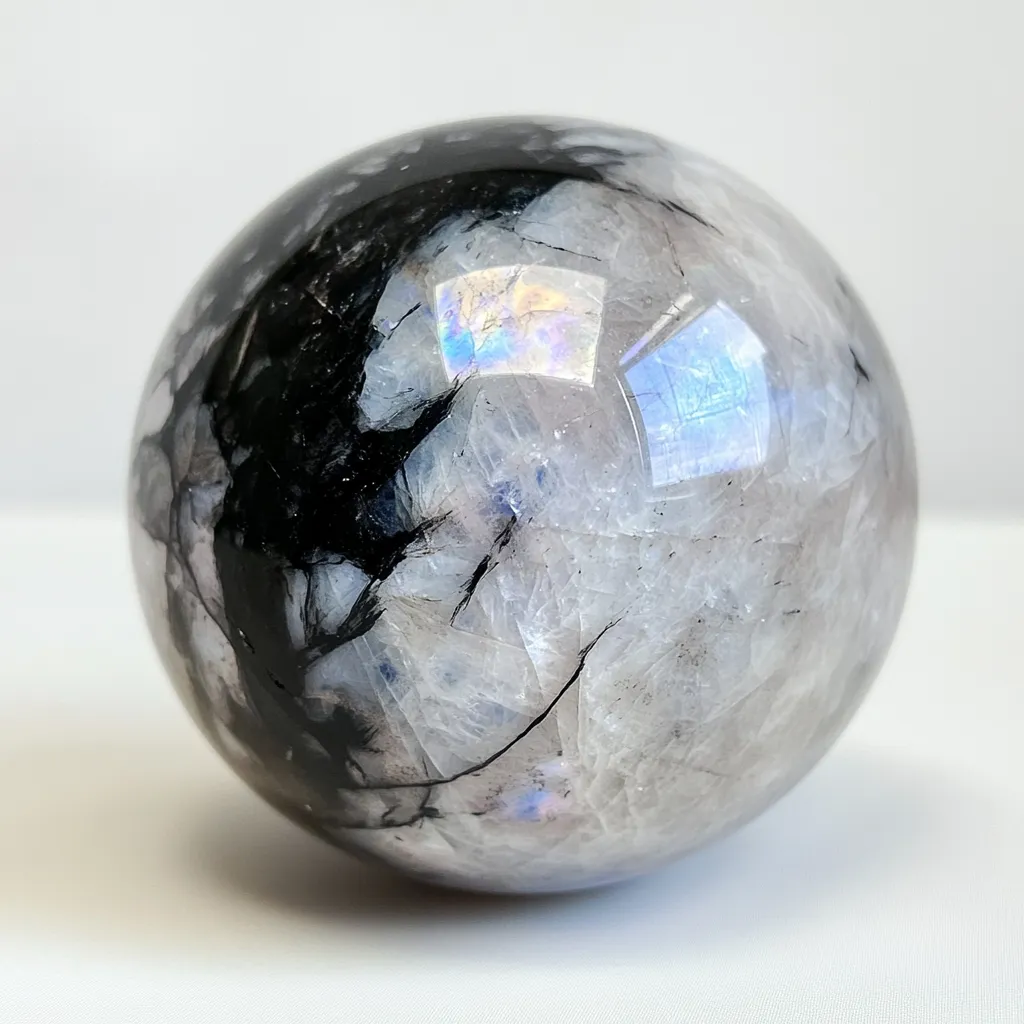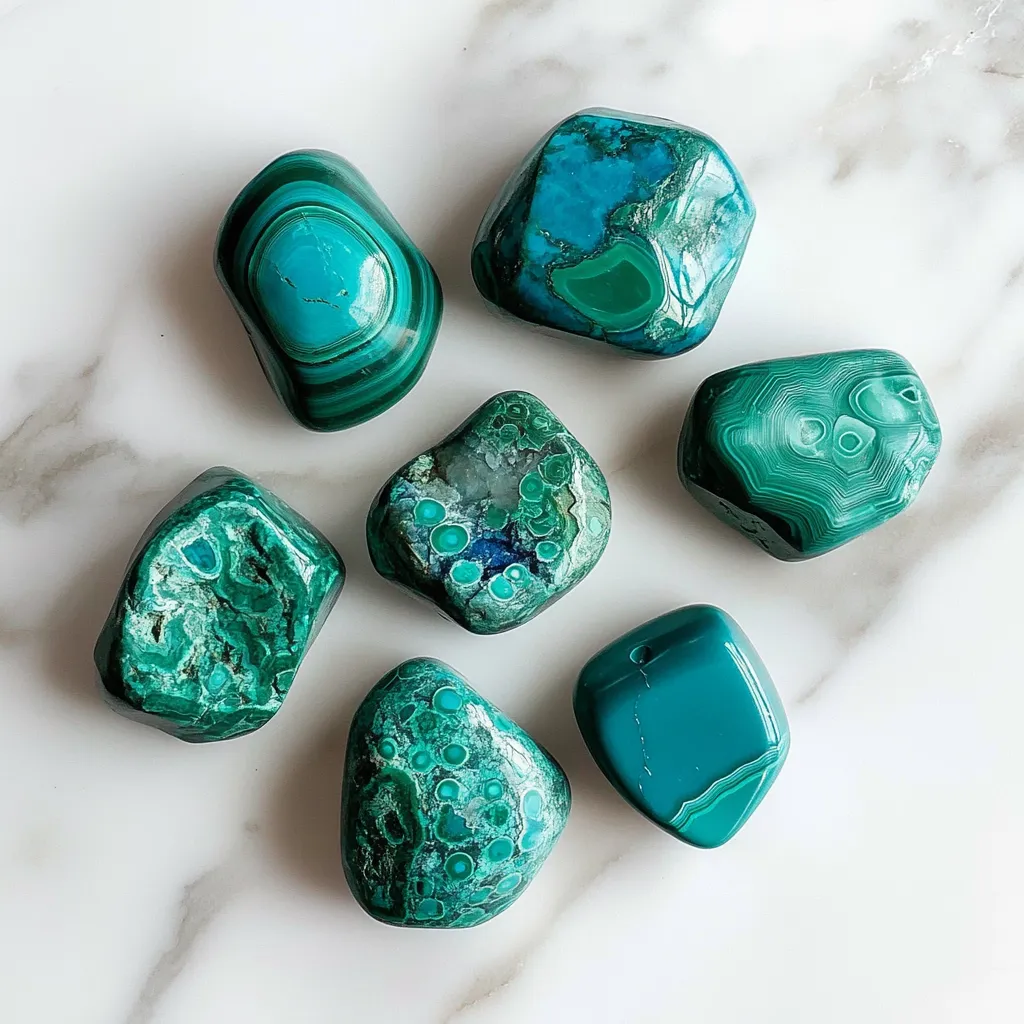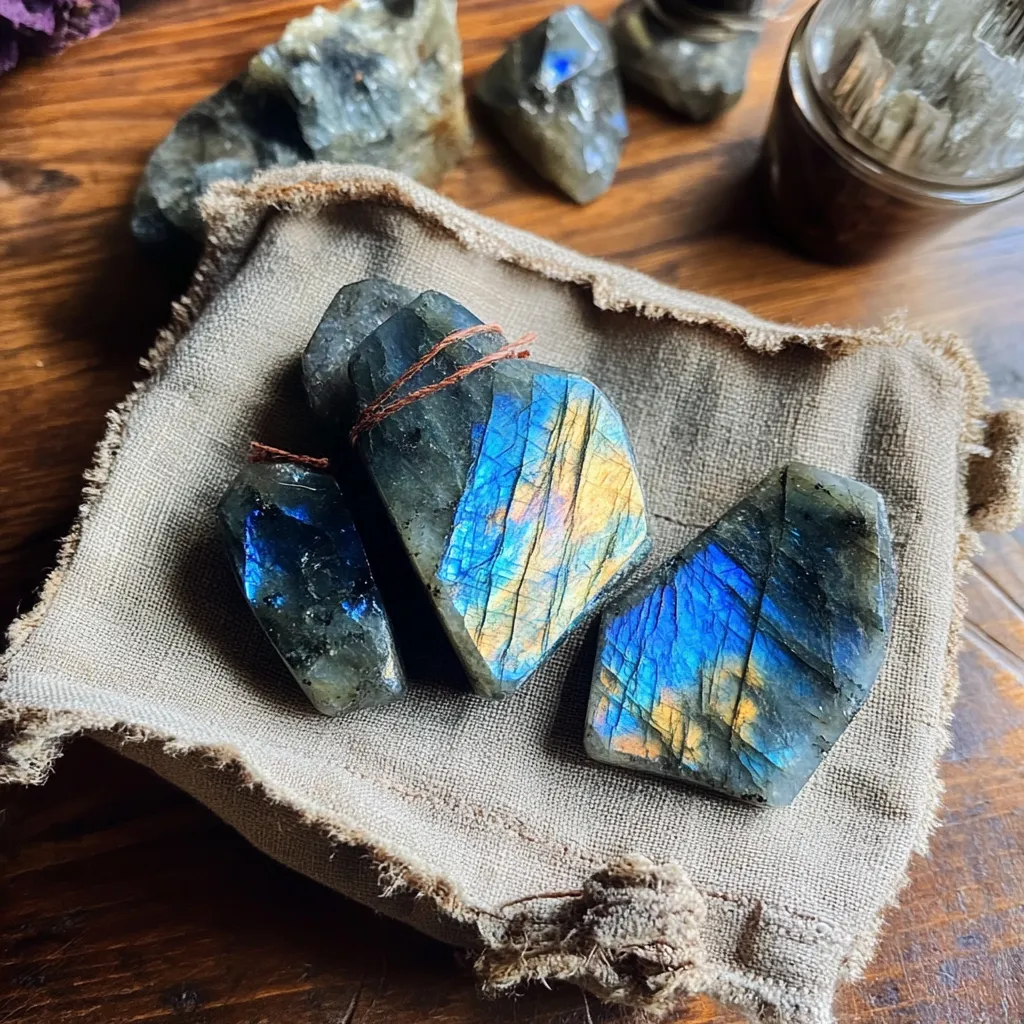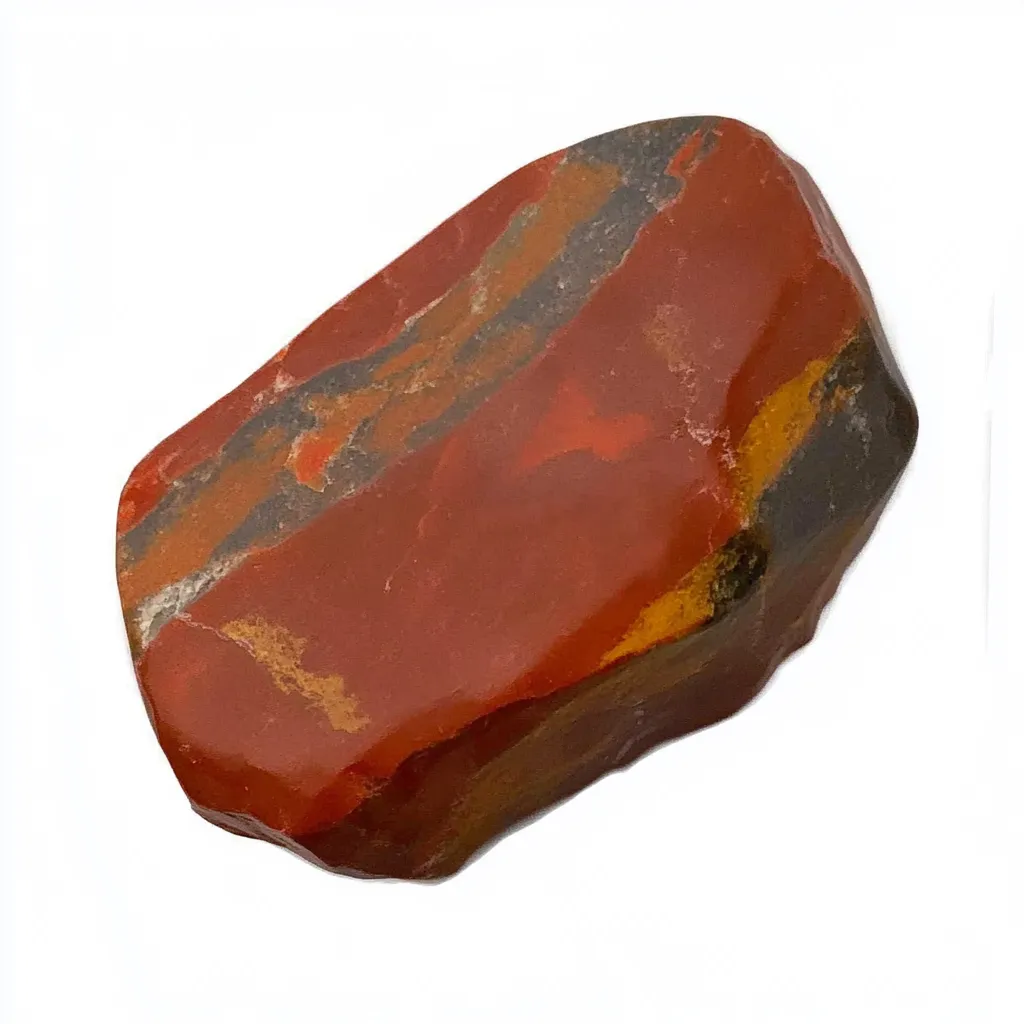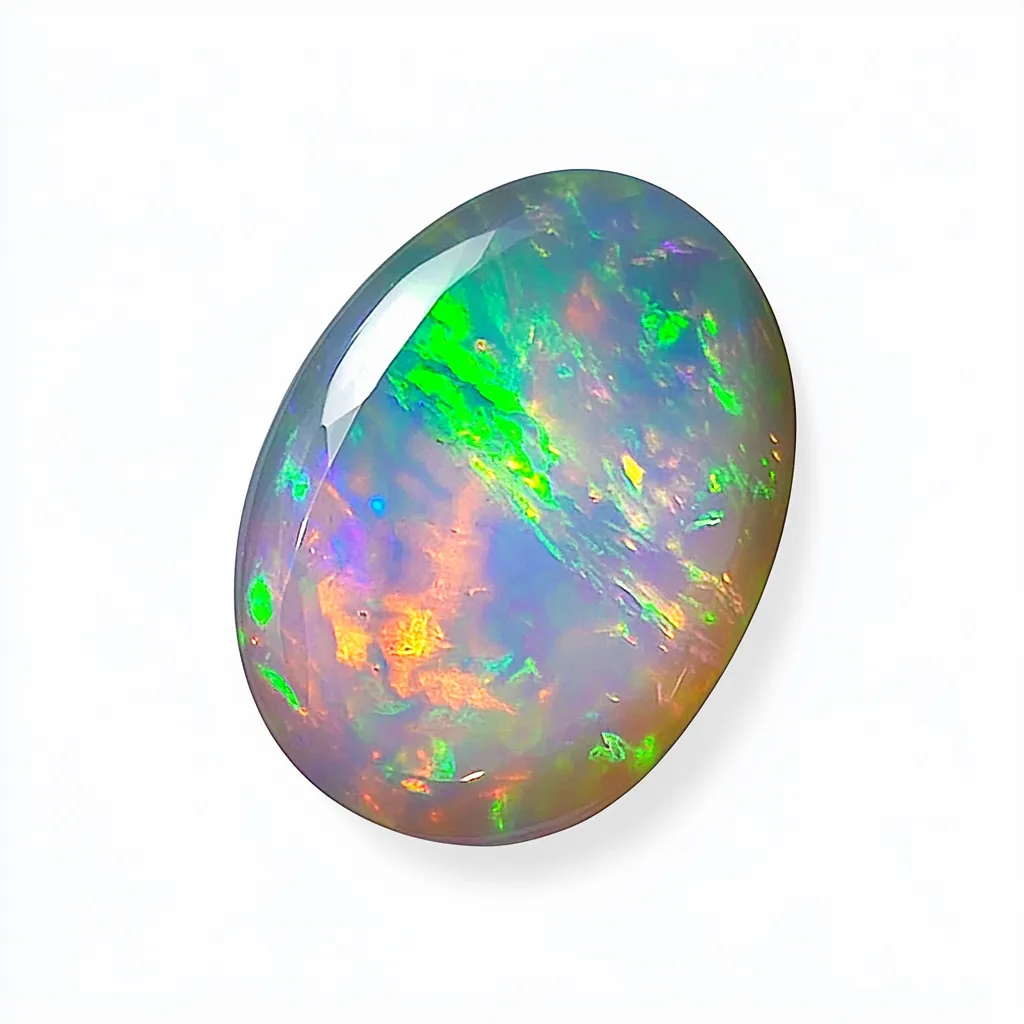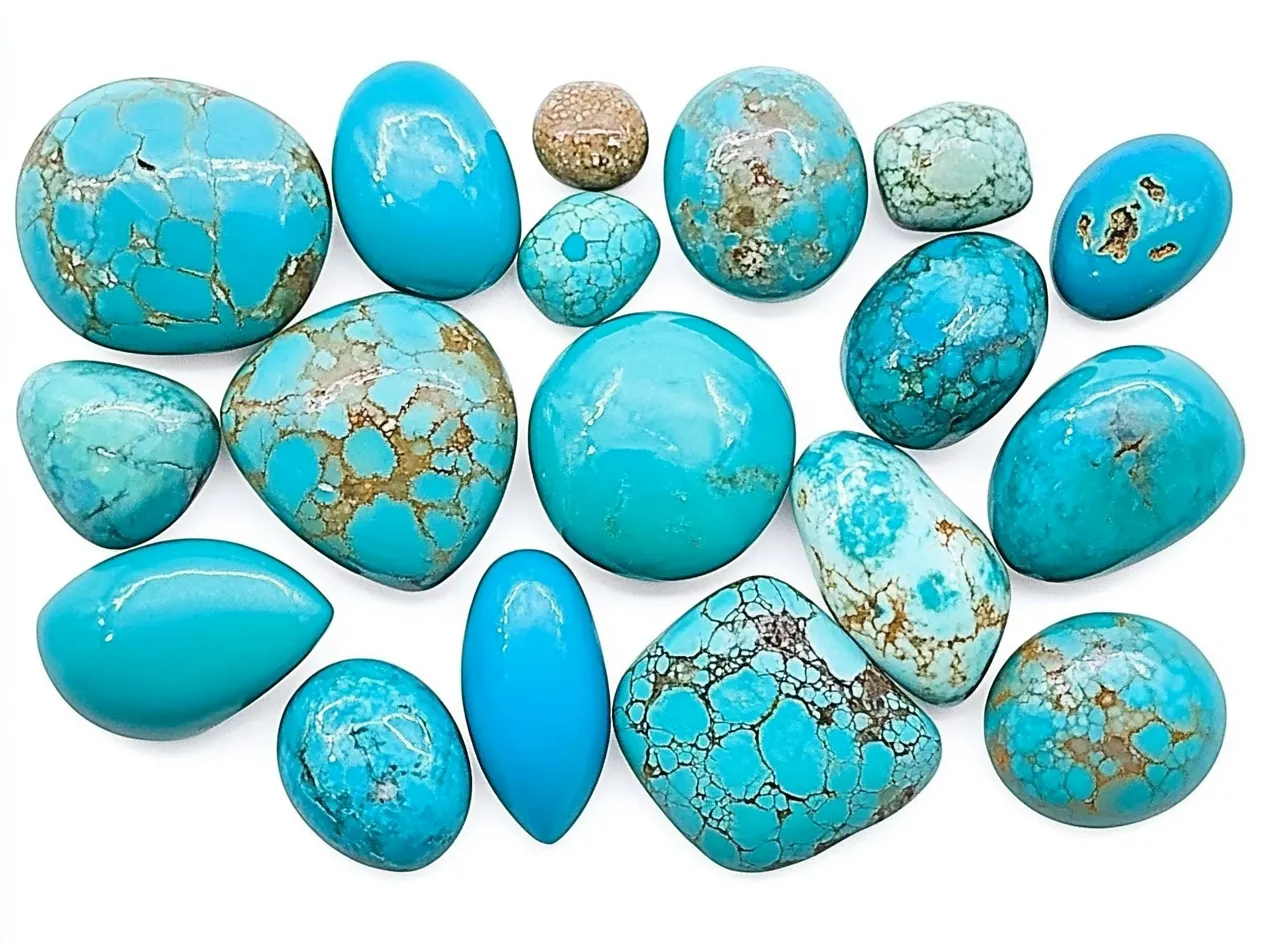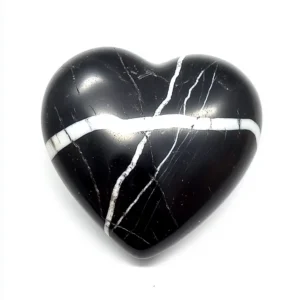

Onyx Pronunciation:
Onyx is pronounced “AH-niks,” emphasizing the first syllable.
Hardness:
Onyx is harder than 7 on the Mohs scale, which counts from 1 (the softest: talc) to 10 (the hardest: diamond). Only a few substances can scratch onyx, and those are the same items that might scratch a sapphire or an emerald. Therefore, onyx’s hardness makes it suitable for carving cameos and intaglios, as well as crafting rings, bracelets, and other everyday jewelry.
Remember, however, that hardness does not translate to invincibility. Throwing onyx onto a hard surface can cause it to chip or break. It is tough, definitely, but you must treat it like a beloved coffee mug—use it frequently, yes, but with a kind of hand care that keeps it from becoming coffee grounds in the bottom of a mug.
Onyx Hardness Comparison Table
| Material | Mohs Hardness | Can Scratch Onyx? |
|---|---|---|
| Talc | 1 | No |
| Calcite | 3 | No |
| Quartz | 7 | No |
| Onyx | >7 | — |
| Sapphire | 9 | Yes |
| Diamond | 10 | Yes |
Lustre:
Onyx can have a vitreous or dull luster depending on how it is cut and polished. Polished onyx, especially of high quality, has a none-too-subtle glass-like aspect. And that basic characteristic—shiny, elegant, even regal—makes onyx, and its semi-translucence, an item pure collectors desire.
Interestingly, unpolished onyx has a soft matte finish. While it has a more subdued look than polished onyx, this matte finish is just as stunning. For some people, it’s even more appealing. That’s especially true for people whose jewelry tastes veer toward minimalism or naturalism.

Crystal System:
Onyx is part of the trigonal crystal system, which is a subset of the hexagonal family, but you almost never see distinct crystals when it comes to onyx. Why? Because it is various chalcedony, which is a microcrystalline quartz, and with onyx, you are looking at extremely fine interlocking quartz fibers that give it its unique appearance.
Onyx Structural Features
| Feature | Description |
|---|---|
| Crystal System | Trigonal (subset of hexagonal) |
| Composition | Microcrystalline quartz (chalcedony) |
| Appearance | Layered structure with fine interlocking fibers |
| Visible Crystal Forms | Rare; usually found in massive, non-crystalline layers |
This implies that onyx does not develop in striking, crystalline structures like quartz or amethyst. Rather, it occurs in huge, layered formations that are often rich in pure bands of black and white. That layered structure, which is crucial for the development of onyx’s identity, makes it an excellent candidate for artistic carving.
Etymology:
“Onyx” derives from the Greek word “onyx,” meaning “claw” or “fingernail.” Strange? Not really. Ancient stories relate a humorous moment when Cupid, clippers in hand, trimmed Venus’s nails while she snoozed. The clippings, it is said, fell into some fresh water and subsequently transformed into the stone that in our time has come to be called onyx.
In the early days of Rome, soldiers adorned themselves with onyx amulets that were inscribed with an image of Mars, the god of war. They thought that onyx conferred bravery and might in battle. Therefore, a name that carries both alliteration and assonance also has a long history behind it, rich in power and good portents.

Location:
Today, onyx is extracted across the world. The leading suppliers are Brazil, India, Mexico, Pakistan, and the United States—most notably the states of Arizona and California. Each of these regions produces its own, somewhat different, variety of onyx. They differ in coloration, banding, and quality.
For instance, onyx from Mexico displays lovely, swirling patterns of soft colors, like brown and green, but black onyx from India is known for its deep, uniform color. The types of onyx that collectors seek are often very specific, even to the point of focusing on a particular place of origin for spiritual or aesthetic purposes. Always ask your seller where the stone was from. Authenticity matters.
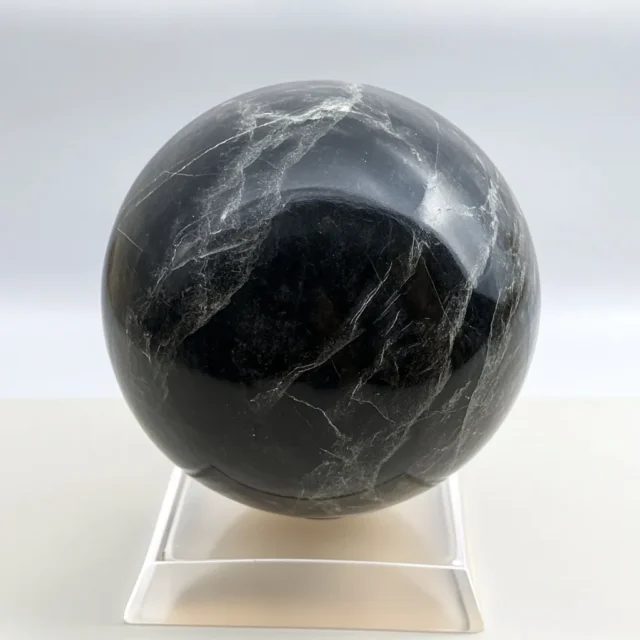
Meaning & Energy:
Onyx is frequently referred to as the gemstone of fortitude and stability. Onyx is believed to perform a form of emotional jujitsu, absorbing and neutralizing negative energy. Maybe you need a little more organization in your life. Or perhaps you just need a space to think without interruptions. Many crystal users gravitate toward onyx when trying either of these kinds of endeavors.
They say it promotes self-discipline and emotional resilience. It’s a favorite of people going through big life changes or pursuing major goals. Some keep onyx by their bedside to ward off nightmares and clear mental clutter. And who wouldn’t want to be more self-disciplined, resilient, and mentally clear?
This is one of my favorite onyx metaphors. Picture it as a type of spiritual ballast. When life feels like a storm-tossed sea, onyx helps keep your feet on the ground and your heart steady.

Varieties of Onyx Stone
When individuals think of “onyx,” they typically visualize a gemstone of the deepest black. Yet, onyx is a stone that comes in many colors. Black onyx is most commonly used to make rings, bracelets, and other jewelry. But there’s also green onyx, white onyx, and blue onyx. Even within those categories, onyx has a uniqueness that no other stone can replicate. That, as much as anything else, is what makes onyx a favorite among gemstone aficionados.
Common Onyx Colors and Their Popular Uses
| Onyx Color | Common Uses in Jewelry | Popularity |
|---|---|---|
| Black | Rings, bracelets, pendants | Very high |
| Green | Earrings, decorative carvings | Moderate |
| White | Beads, ornamental objects | Low to moderate |
| Blue | Statement pieces, unique accents | Niche interest |
Banded onyx, for instance, has pronounced layers of white, brown, and black. It is a big hit in architecture and jewelry for its attention-grabbing contrasts—really, it seems obstinate in its distinction from other materials; indeed, if it were any more blatantly different, it would be artificial. Dyed onyx, usually black, is also common in the gemstone market. In order to appear virtuous in a comedic sense—not in virtue signaling but in your commitment to authenticity—make sure the onyx you want is natural and untreated.

Ancient Myths
Onyx has stories to tell, literally. In ancient Rome, it was believed that Cupid clipped Venus’s nails, and the clippings turned into onyx stones. Sounds wild? Maybe. But myths like these reflect the stone’s long-standing mystique.
Indian tradition believed that onyx absorbed negative energy and protected relationships from discord. Onyx was worn by warriors in Persia to give them courage in combat. Even in today’s world, many associate the stone with protection, stability, and strength. One can’t help but be fascinated by how a single stone can carry such powerful and diverse symbolism across cultures.
Physical Onyx Stone Healing Properties
Let’s discuss well-being. Some hold the belief that onyx lends support to physical strength, especially where one might need it most: the bones, teeth, and feet. These assertions—or perhaps we should call them what they truly are: unproven claims—aren’t substantiated by any hard science. But even if onyx physically does nothing for us, could it still provide a kind of support that makes a person feel psychologically stronger? Could the placebo effect be a factor?
Onyx and Physical Wellness Beliefs
| Believed Benefit | Area Affected | Common Users |
|---|---|---|
| Strength support | Bones and teeth | Fitness enthusiasts |
| Endurance and recovery | Muscles/feet | Athletes |
| Symbolic physical focus | Overall wellness | Holistic lifestyle users |
Sometimes, athletes and active individuals keep onyx nearby to encourage endurance and recovery. A few even don onyx bracelets while working out, seeing the stones as silent coaches pushing them onward. Whether it’s the placebo effect or more, stones and body awareness are deeply personal.

Emotional Onyx Stone Healing Properties
Are you feeling emotionally all over the place? Onyx may help pull you back to center. Many people consider it a soul-grounding stone. It’s often used in meditation to help release fear and minimize mental overload.
In contrast to high-vibration crystals such as selenite or clear quartz, onyx emits a tranquil, stabilizing energy. If you’ve had a hard day or a night with very little rest, holding onyx can feel like snuggling up with a super-cozy, heavy blanket. You’re not doing anything magical, but this is a moment when even the physical properties of a mineral can provide a sense of mindfulness and calm.
Chakra Onyx Stone Healing Properties
Are you interested in chakras? Onyx is most commonly associated with the root chakra, which is found at the base of the spine. This chakra controls our emotions related to the sensations of safety and security. When it is in balance, one is focused, calm, and somewhat bulletproof mentally.
In certain practices, placing onyx on the lower back during meditation or energy work is believed to realign the root chakra and strengthen your internal structure. It’s akin to shoring up the foundation of a house before you start building upwards. You’re stabilizing the ground onto which all else stands.

Questions and Answers
Further Insights on Onyx
Black Onyx Meaning
Black Onyx is frequently viewed as a strength and protection symbol. Warriors wore it in ancient times to maintain their fearlessness and focus during intense battles. Much more recently, it’s become a staple belief of many that the dark stone absorbs negative energy and promotes a state of emotional equilibrium—that is, unless you’re going through some tough times. If you are, consider Black Onyx your grounding agent.
Common Associations of Black Onyx
| Attribute | Description |
|---|---|
| Symbolism | Strength, protection, grounding |
| Historical Use | Worn by warriors for focus and fearlessness |
| Modern Belief | Absorbs negativity, restores emotional balance |
| Suggested Use | During stress, for grounding and clarity |
White Onyx
The White Onyx carries a soft, calming energy that contrasts beautifully with the intense vibe of its black counterpart. People commonly use it to enhance clarity, reduce anxiety, and create a peaceful mental space. Some people place it in workspaces to promote clear thinking and honest communication. Think of it as the gentle whisper guiding you through chaos.
Pink Onyx
Pink Onyx, albeit rare, shares a loving and nurturing energy. Emotional healing, particularly in relation to self-worth and intimate, heart-centered endeavors, is often associated with this stone. Think of it as a soft whispering beckoning you to kindness toward yourself. Its energies encourage you to engage in self-care and acts of forgiveness and to seek emotional equilibrium.
Onyx Price
Generally, onyx is an affordable gemstone, which makes it accessible for both collectors and casual buyers. Pricing depends on several factors, including hue, dimensions, overall appearance, and whether the stone in question is natural or has been enhanced. For example, Black Onyx can range in price from about $5 to $50 per carat, while the less common (and thus more valuable) colors like Blue or Pink Onyx may cost you a bit more.
Onyx Price Comparison by Type
| Onyx Type | Approximate Price (per carat) | Availability |
|---|---|---|
| Black Onyx | $5–$50 | Common |
| White Onyx | $10–$60 | Moderately rare |
| Pink Onyx | $20–$100 | Rare |
| Blue Onyx | $25–$120 | Rare |
Black Onyx Stone Benefits
The benefits of Black Onyx go beyond just looks. Many crystal users go to it for their grounding, focusing, and emotional-resilience needs. They consider it to be not just an accessory but as a talisman or even a totem for decision-making, clearing up confusion, and bringing balance back into the system between logic and intuition. Me personally? I have found it useful during the most stressful of deadlines—like having a silent mentor in your pocket.
Onyx and Aura
What sort of effect does Onyx have on your aura? Some claim that Onyx, particularly Black Onyx, acts as a protective stone, creating a shield around your aura. Onyx is believed to ward off negative energy and psychic assaults. White and Pink Onyx, on the other hand, may help with the smoothness of your aura and assist with emotional energy and vibrations.
Blue Onyx Gemstone
Blue Onyx is a powerful stone for working with energy linked to communication and truth. If you have trouble expressing yourself or fear public speaking, this stone can serve as a tranquil talisman. Its colors are rich yet soothing, promoting a calm clarity that makes it a popular choice for throat chakra adornments or evening wear when one must address a crowd. From a confidence standpoint, think of this stone as whispering that you’re free to use your voice and do so with the kind of cool blue elegance that defines its very essence.

